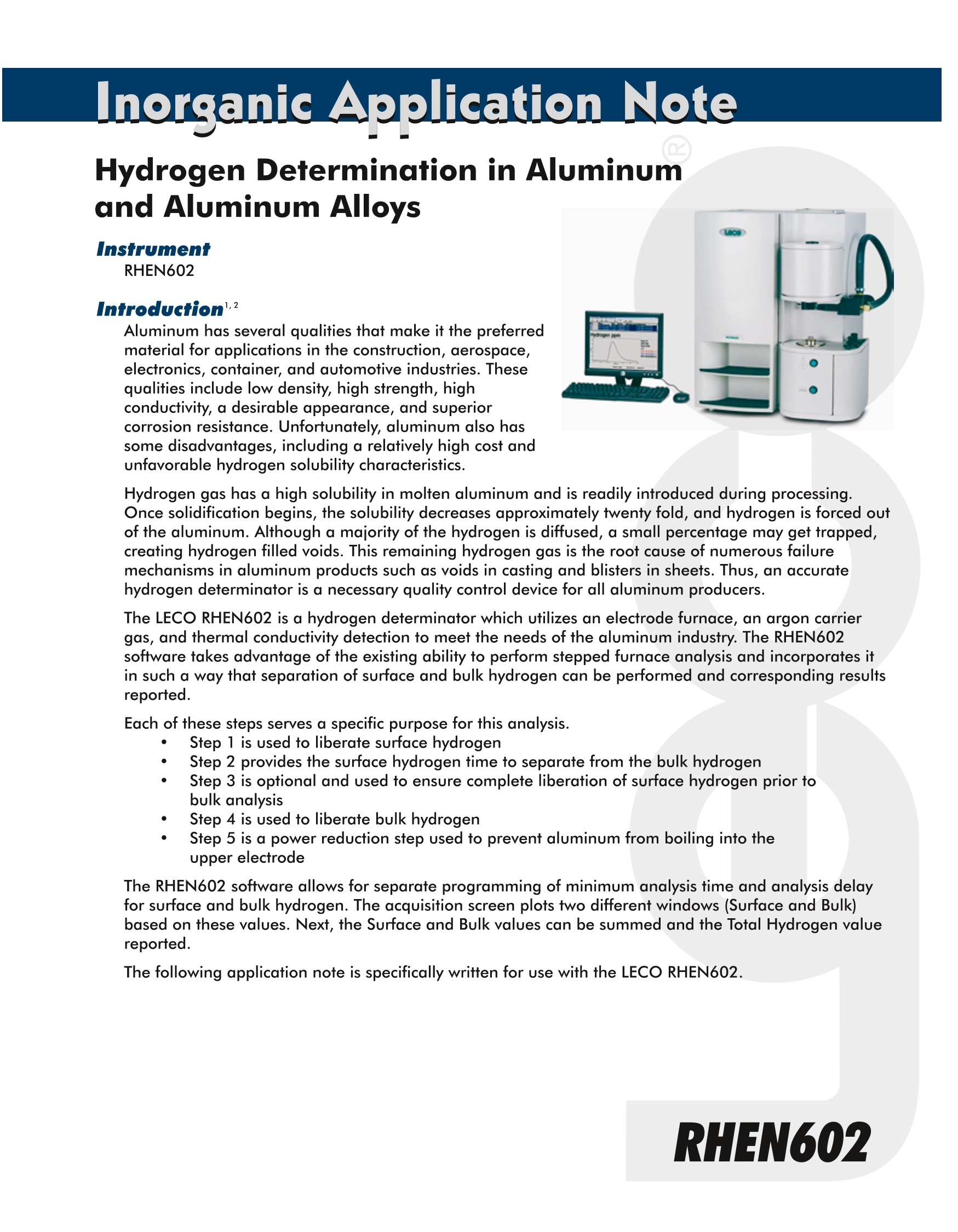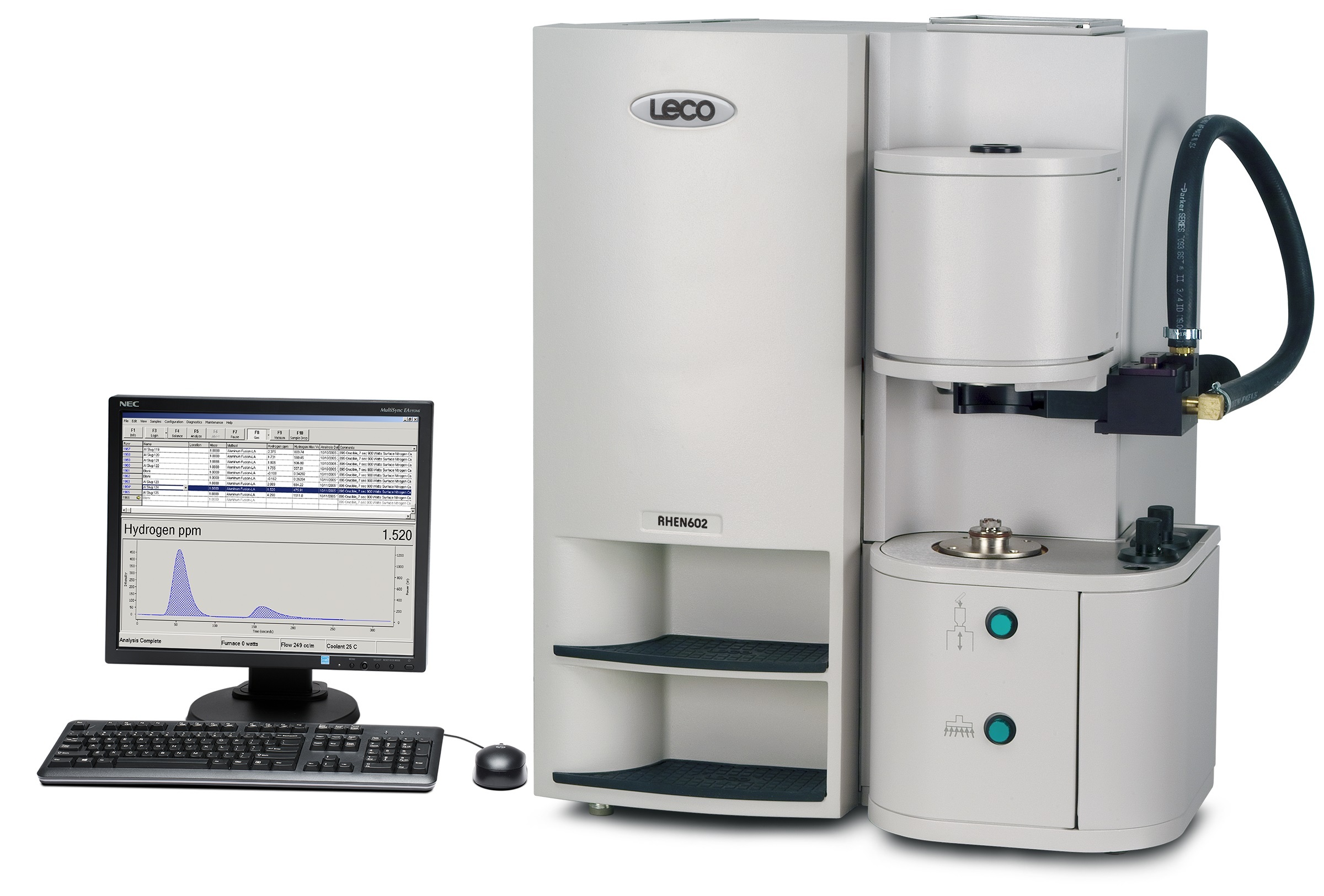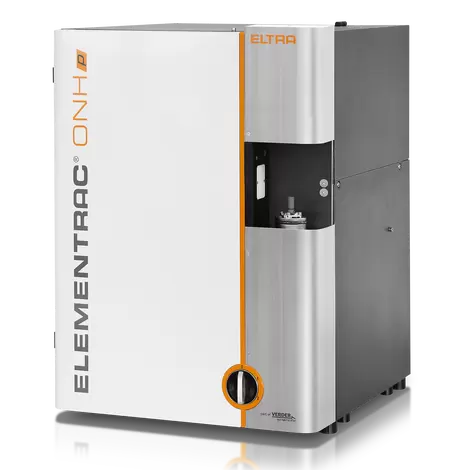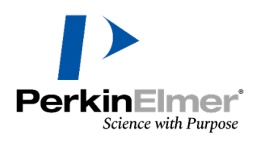方案详情文
智能文字提取功能测试中
Inorganic Application Note Hydrogen Determination in Aluminumand Aluminum Alloys Instrument RHEN602 Introduction12 Aluminum has several qualities that make it the preferredmaterial for applications in the construction, aerospace,electronics, container, and automotive industries. Thesequalities include low density, high strength, highconductivity, a desirable appearance, and superiorcorrosion resistance. Unfortunately, aluminum also hassome disadvantages, including a relatively high cost andunfavorable hydrogen solubility characteristics. Hydrogen gas has a high solubility in molten aluminum and is readily introduced during processing.Once solidification begins, the solubility decreases approximately twenty fold, and hydrogen is forced outof the aluminum. Although a majority of the hydrogen is diffused, a small percentage may get trapped,creating hydrogen filled voids. This remaining hydrogen gas is the root cause of numerous failuremechanisms in aluminum products such as voids in casting and blisters in sheets. Thus, an accuratehydrogen determinator is a necessary quality control device for all aluminum producers. The LECO RHEN602 is a hydrogen determinator which utilizes an electrode furnace, an argon carriergas, and thermal conductivity detection to meet the needs of the aluminum industry. The RHEN602software takes advantage of the existing ability to perform stepped furnace analysis and incorporates itin such a way that separation of surface and bulk hydrogen can be performed and corresponding resultsreported. Each of these steps serves a specific purpose for this analysis. Step 1 is used to liberate surface hydrogen Step 2 provides the surface hydrogen time to separate from the bulk hydrogen Step 3 is optional and used to ensure complete liberation of surface hydrogen prior tobulk analysis Step 4 is used to liberate bulk hydrogen Step 5 is a power reduction step used to prevent aluminum from boiling into theupper electrode The RHEN602 software allows for separate programming of minimum analysis time and analysis delayfor surface and bulk hydrogen. The acquisition screen plots two different windows (Surface and Bulk)based on these values. Next, the Surface and Bulk values can be summed and the Total Hydrogen valuereported. The following application note is specifically written for use with the LECO RHEN602. Accessories 764-330 Graphite Crucibles, 611-351-183 Electrode Tip. Calibration Samples NIST or other suitable reference materials. Gas dosing may also be used to calibrate; refer to operator'sinstruction manual. Method Parameters Analysis Parameters Outgas Cycles 4 Analysis Delay Analysis Delay Comparator 1.000 120 seconds Analysis Type Semi-Auto Analysis Pre-Analysis Crucible Outgas Disabled Element Parameters Hydrogen Surface Hydrogen Bulk Standards* Minimum Analysis Time 130 seconds 340 seconds 90 seconds Significant Digits 7 7 7 Conversion Factor 1.000000 1.000000 1.000000 Integration Delay 35 seconds 155 seconds 32 seconds Comparator Level 2.000000% 2.000000% 2.000000% *When steel calibration samples are used for calibration. Gas Dose Parameters*HydrogenMinimum Gas Dose Time70 secondsIntegration Delay32 secondsComparator Level1.000000%Bypass FurnaceYes (check box)Gas Dose Cycles *Helium or Nitrogen may also be used as dose gases. Temperature Sustain 900 watts 900 watts 20 seconds 0 watts 0 watts 60 seconds 450 watts 450 watts 70 seconds 1400 watts 1400 watts 30 seconds 0 watts 0 watts 150 seconds Temperature Sustain Standards: None 1Prepare instrument for operation as outlined in the operator's instruction manual.2 Determine Blank. aEnter 1.0000 g mass into sample login.b Press Loader Switch on front of furnace, after a short delay the loading head slide blockwill open. c. Press Loader Switch again, the loading head slide block will close and the lower electrodewill open. d. Place crucible on electrode pedestal. e. Press Loader Switch, the lower electrode will close and the analysis sequence will start andend automatically. f. Repeat steps 2a through 2e a minimum of five times. g. Set the blank following the procedure outlined in the operator's instruction manual. 3. Calibrate/Drift Correct. aWeigh a calibration sample and enter mass into sample login.bd Press Loader Switch on front of furnace, the loading head slide block will open. Place prepared sample into open port at top of loading head. Press Loader switch again, the loading head slide block will close and the lower electrodewill open. e. Place crucible on the electrode pedestal. f. Press Loader Switch, the lower electrode will close and the analysis sequence will start andend automatically. Repeat steps 3a through 3f a minimum of five times for each calibration/drift sample used. Calibrate or Drift Correct the instrument following the procedure outlined in the operator'sinstruction manual. Note: Gas dosing may be used to calibrate/drift correct in lieu of analyzing solid calibration samples.Refer to the operator's instruction manual for details. 4. Analyze Samples. a. Weigh ~3.0 to 6.5 g prepared aluminum sample and enter mass into sample login. b. Proceed as directed in steps 3b through 3f. *Typical Results-Solid Samples 6061 5.8061 0.017 0.065 0.082 Aluminum Alloy 5.9035 0.026 0.057 0.083 5.3544 0.022 0.058 0.080 5.1521 0.026 0.061 0.087 X= 0.023 0.060 0.083 s= 0.0043 0.0033 0.0029 AIMg 5% 3.8328 0.050 0.150 0.200 Aluminum Alloy 3.9159 0.047 0.174 0.221 0.16 ppm H (bulk) 3.4060 0.059 0.160 0.219 Reference Standard** 3.9018 0.049 0.166 0.215 X= 0.051 0.163 0.214 S= 0.0054 0.0101 0.0095 AlMgSi 0.5% 6.3068 0.026 0.133 0.159 Aluminum Alloy 6.1883 0.037 0.128 0.165 0.14 ppm H (bulk) 6.0590 0.034 0.140 0.174 Reference Standard** 5.7480 0.020 0.138 0.158 X= 0.029 0.135 0.164 s= 0.0080 0.0051 0.0073 *Results based on calibration with LECO 501-529 Steel Pin. **Al-reference materials from Senter for Industriforskning, Oslo, Norway. D. E.J. Talbot, “The Effects of Hydrogen in Aluminum and Its Alloys", Maney, London, 2004. ‘P. D. Hess and G. K. Turnbull, Proceedings of International Conference on the Effects of Hydrogen onMaterials Properties and Selection and Structural Design, Champion, 1973, 277-287. C.E. Ransley and D.E.J. Talbot, "The Routine Determination of the Hydrogen Content of Aluminum andAluminum Alloys by the Hot-Extraction Method". Journal of the Institute of Metals, Vol. 84,1955-1956,445. RHEN LECO Corporation·Lakeview Ave.· St. Joseph,MI hone: Fax: nfo@leco.com·www.leco.comISO-No. FM elivering the Right ResultsLECO is a registered trademark of LECO Corporation/REVForm No. LECO Corporation 利用力可LECO RHEN602分析铝及铝合金中氢含量:铝及铝合金样品密度小,常规称样受限于体积,只能取微量样品,力可的RHEN602可以多至称6g样品,并可区分表面氢、基体氢和总氢。结果如下:
关闭-
1/4

-
2/4

还剩2页未读,是否继续阅读?
继续免费阅读全文产品配置单
美国力可公司为您提供《铝合金中氢含量检测方案(氧氮分析仪)》,该方案主要用于合金中含量分析检测,参考标准《暂无》,《铝合金中氢含量检测方案(氧氮分析仪)》用到的仪器有力可LECO RHEN602铝中氢分析仪。
我要纠错
推荐专场
相关方案






 咨询
咨询
